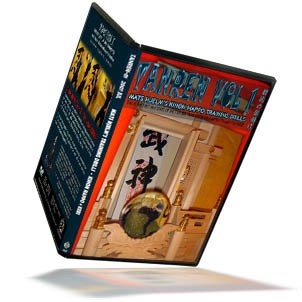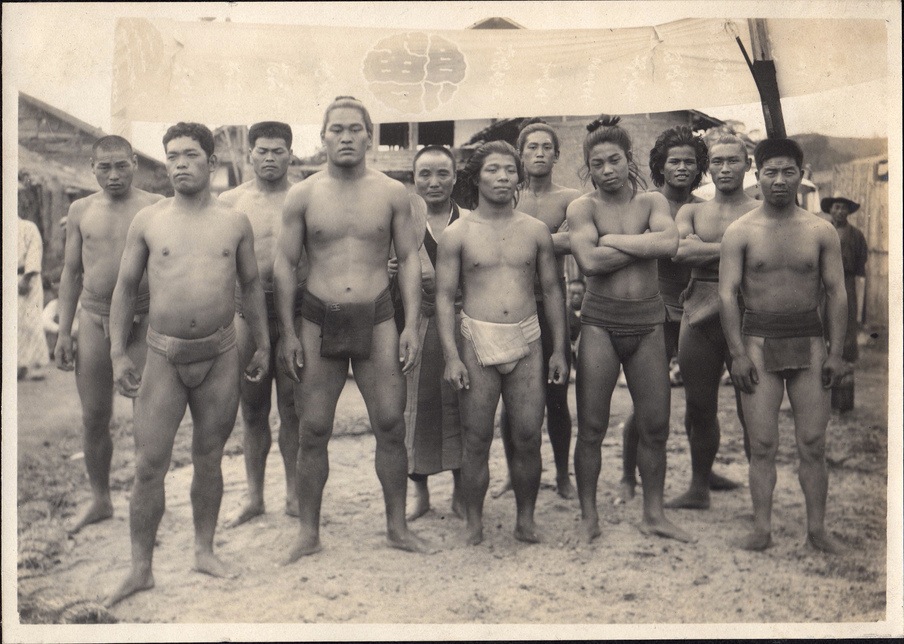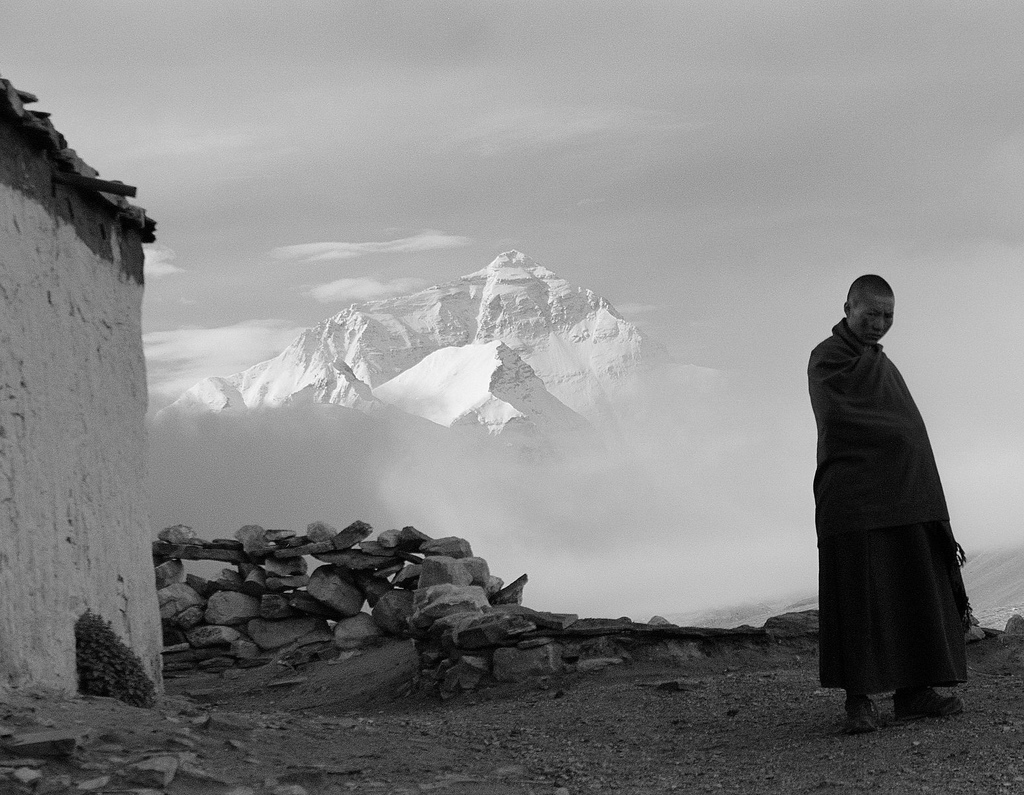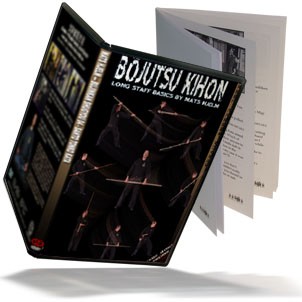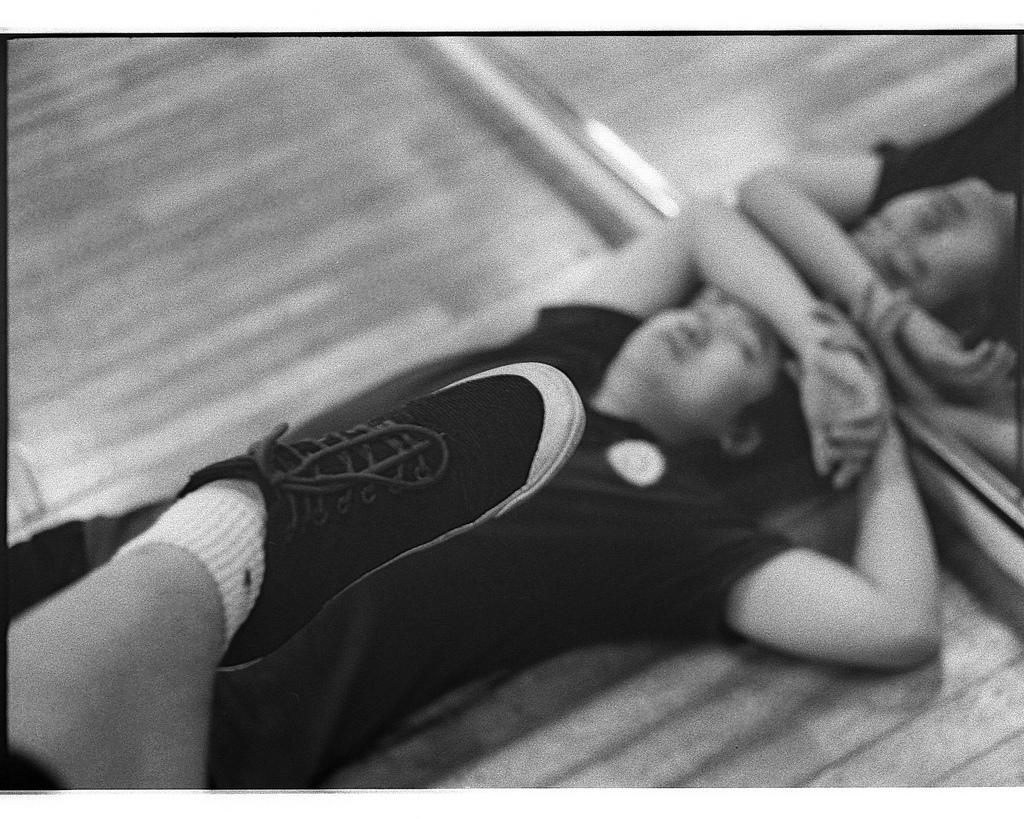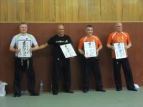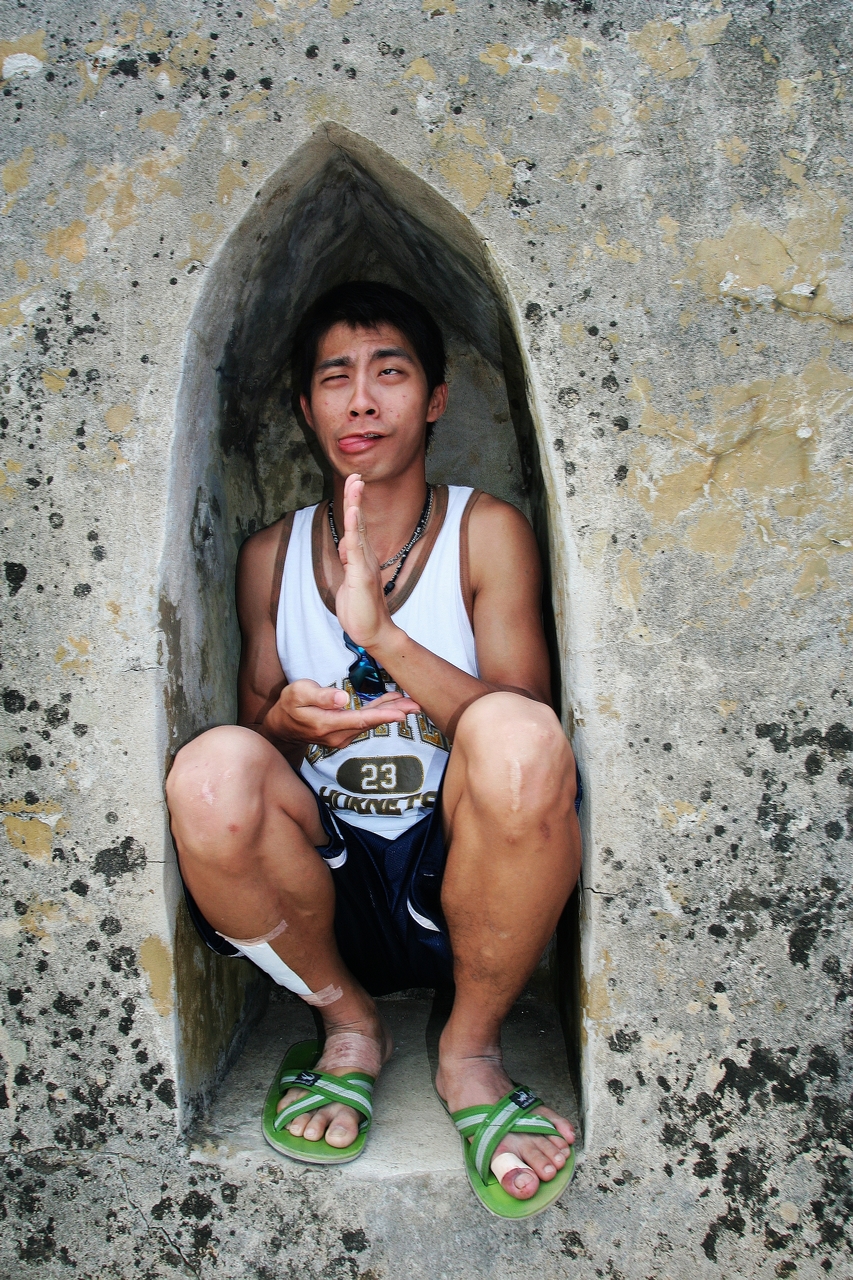Tanren#02 SANSHIN NO KATA TRAINING DRILLS with MATS HJELM
From Budoshop by BUDOSHOP.SE
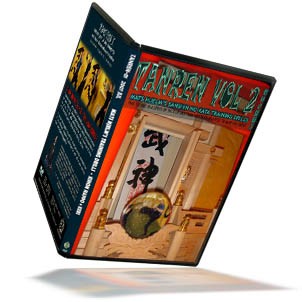

- 73 minutes, (h.264 M4V/MP4 360p)
791 Mb for $19.99
Available as download or full DVD!
鍛錬 Tanren (training, forging, hardening, drilling) is a set of videos with simple repetitive training drills, do your work out Bujinkan style – SHUT UP AND TRAIN!
This is the second in a series of SHUT UP AND TRAIN videos guaranteed to make you sweat. If you don’t like getting sweaty during training, then this video is not for you. This DVD is for practitioners who want to learn new training drills which might speed up their skill level if really practiced.
It can also be a very good work out that will get you sweaty. Some exercises is easy and some is more difficult, some you can work out on your own and some you need a training partner.
The theme is Sanshin no Kata, and Hiken/Hoken Juroppo. Watch the video to give you some ideas and then SHUT UP AND TRAIN!
Recorded in Stockholm August 2007
The video below is from Tanren-01
http://www.youtube.com/watch?v=WQu_JbAp3Fs
About the instructor
Mats Hjelm started training in Bujinkan for the first time around 1983, but it wasn’t until 1986 he had the opportunity to start training more seriously under a Shidôshi. He attends around 20 seminars, go to Japan 2-3 times every year. Since he started training he never had a training break. He takes his budo training very seriously! If you want to sponsor a seminar or course, please don’t hesitate to contact him. For more information see his web site http://www.kesshi.com
About the download
Click here for more information about our download files and how it works!…
